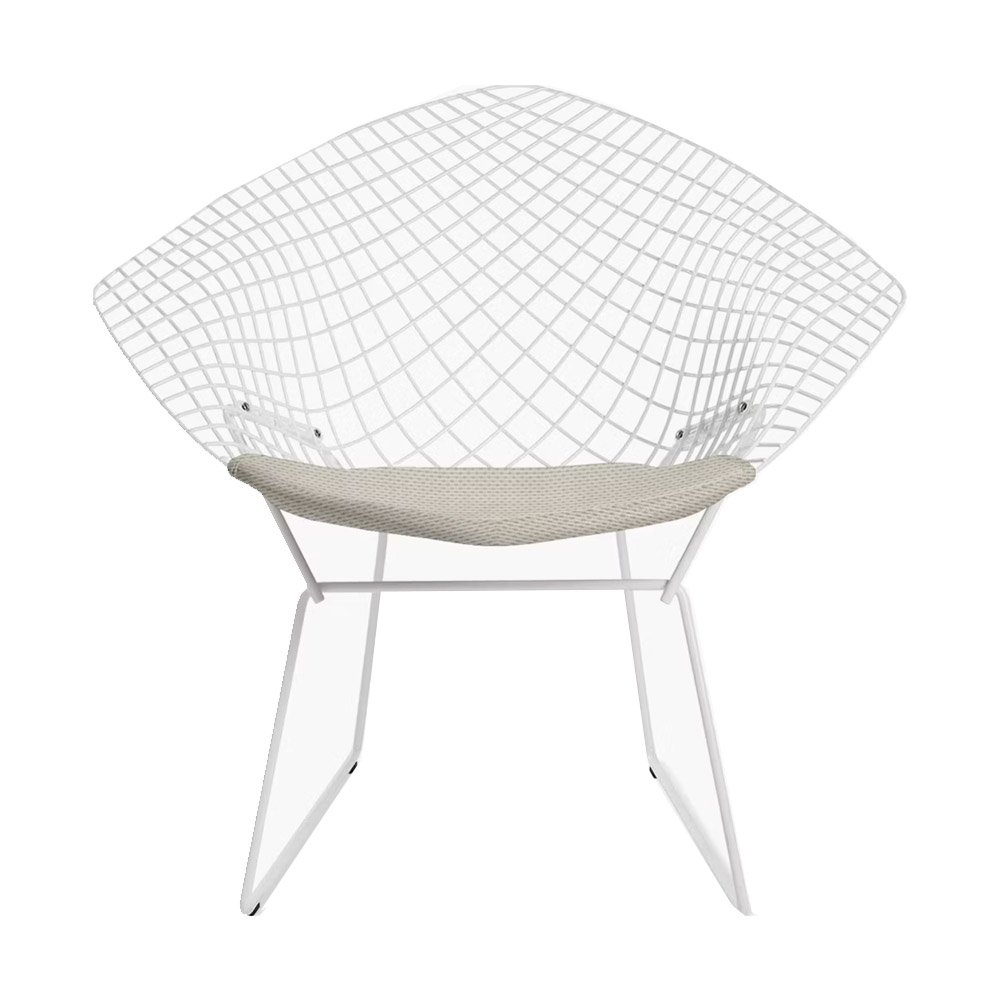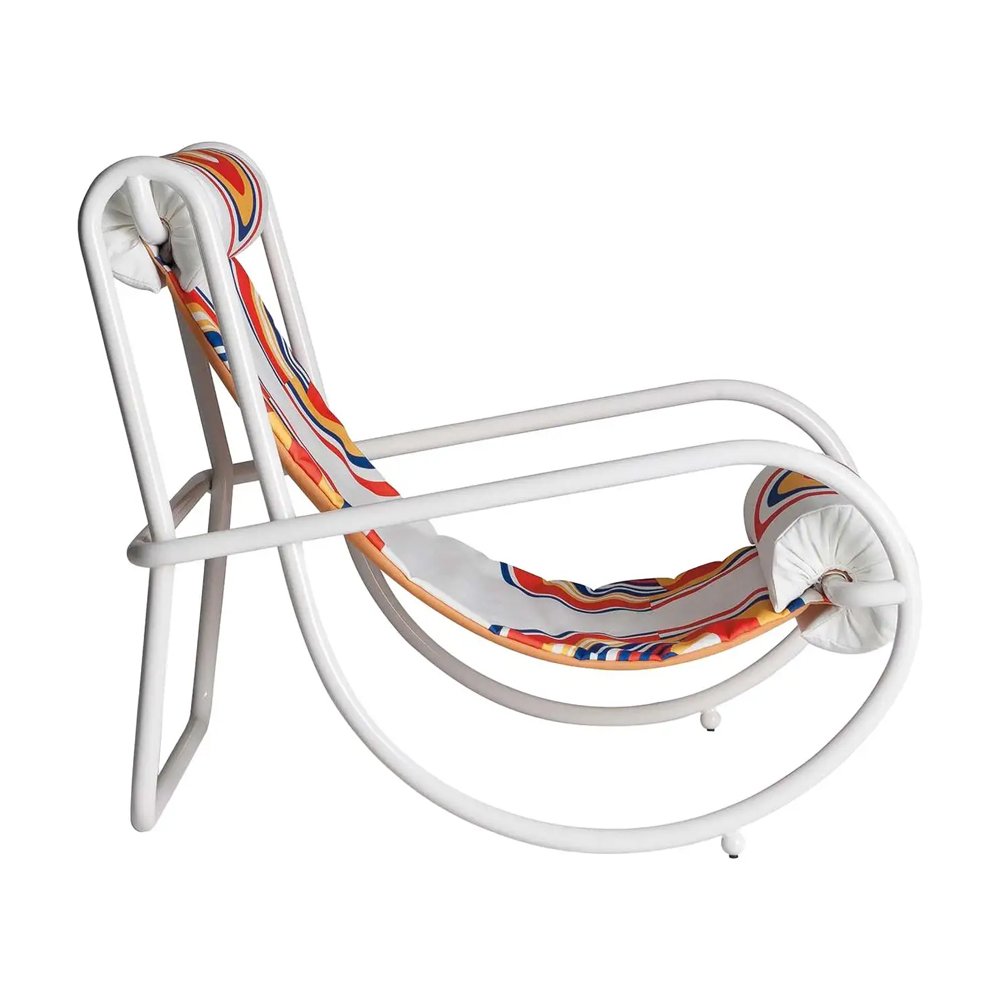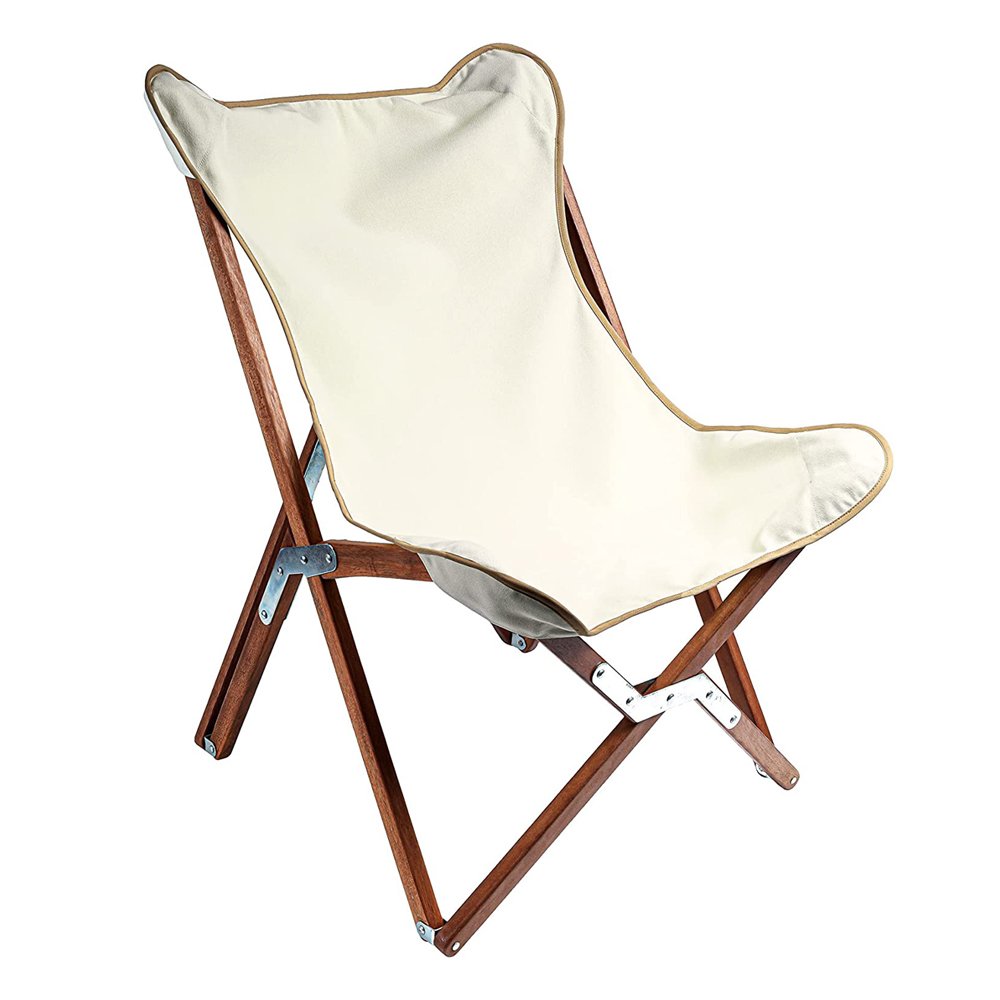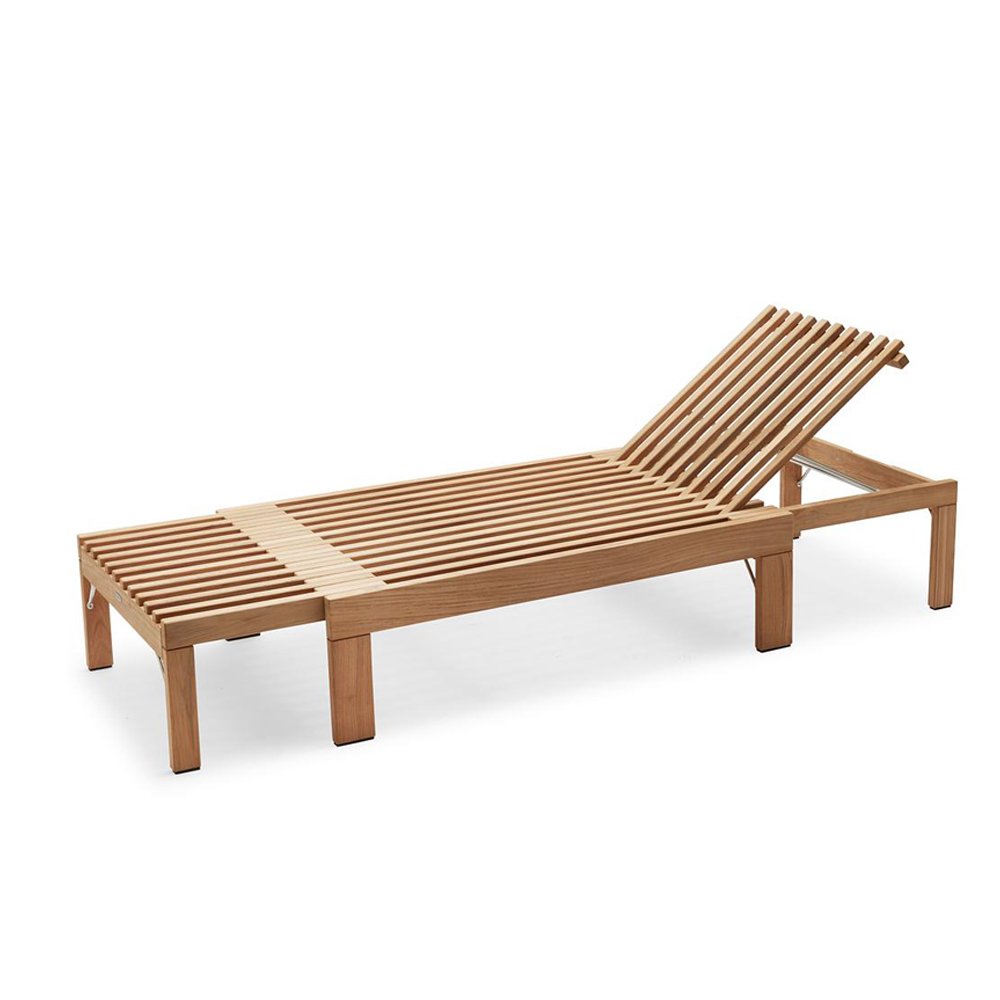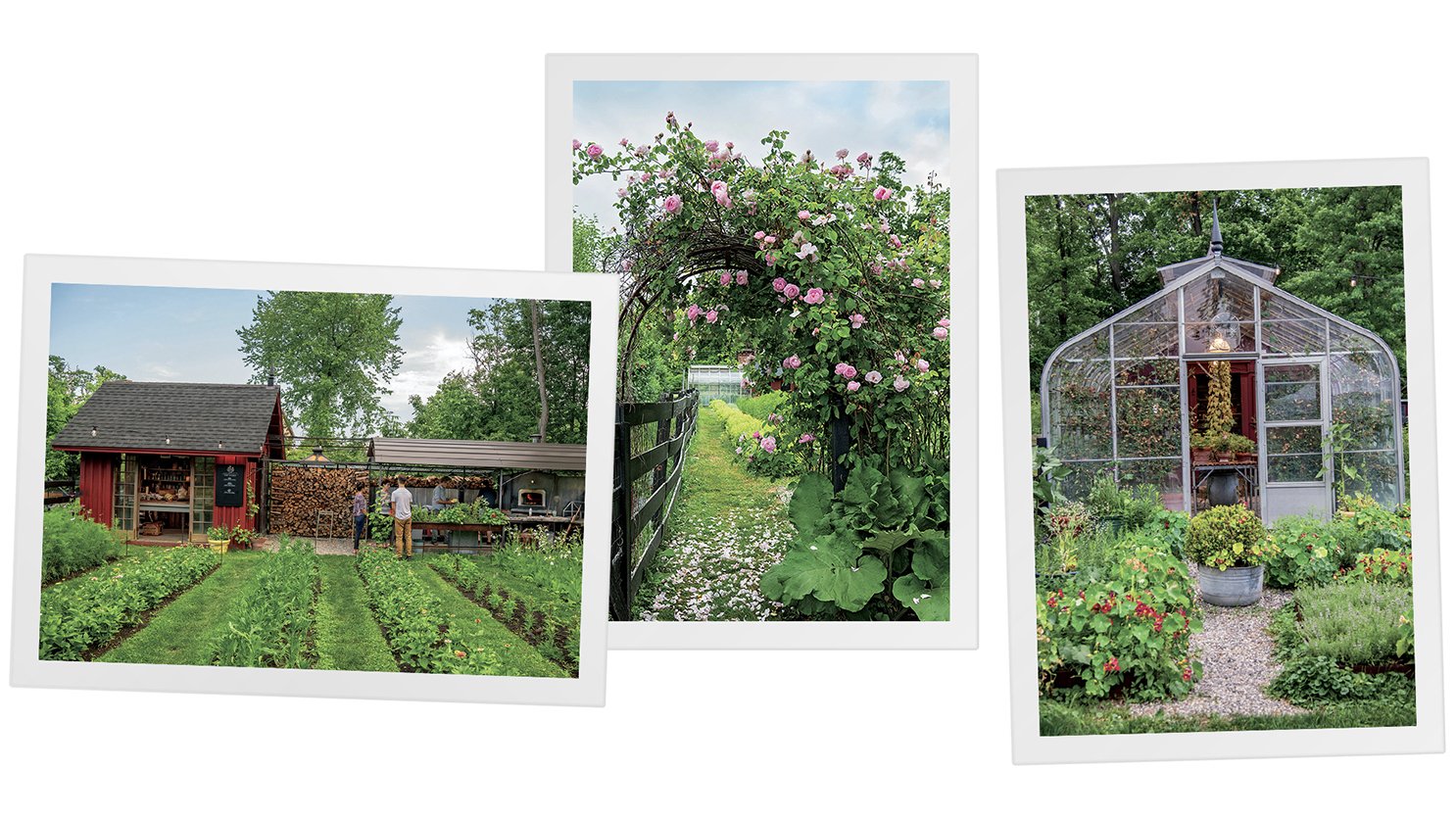A Beginner's Guide to Countryfication: Rediscovering the Joys of Simple Living
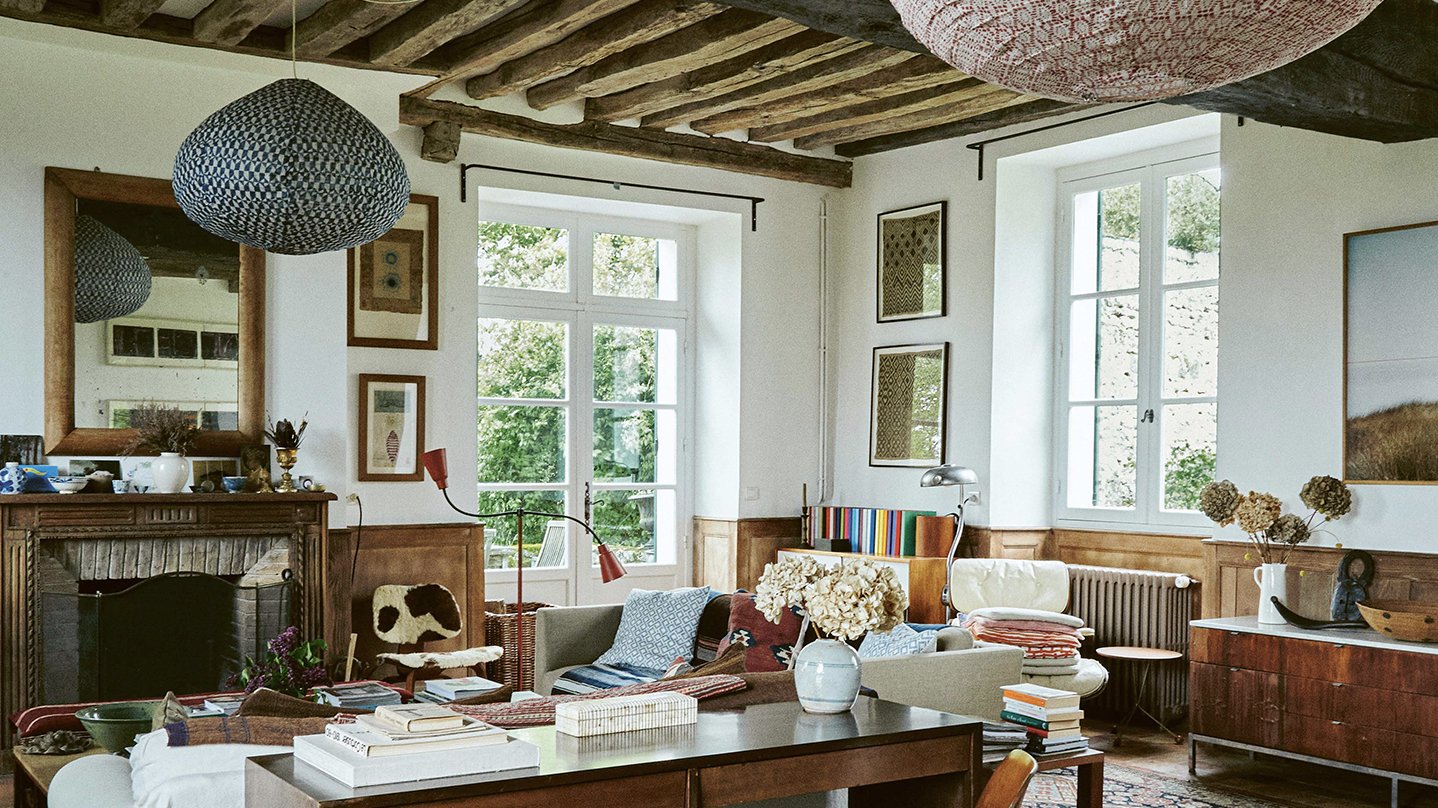
Written by Michelle Adams
Our product recommendations may include items from our sponsors and/or contain affiliate links, which means we may earn a commission when purchases are made. Rest assured, every item is genuinely chosen by our editorial team.
Have you ever dreamed of leaving the city behind and starting a new life in the countryside? If so, you're not alone. In times of uncertainty and upheaval, many people are finding solace and meaning in the simplicity, beauty, and tranquility of rural areas. But transitioning to the country is not always a simple process, and it can present unique challenges. That's why "Coming Home to Nature: The French Art of Countryfication" is an essential read for anyone considering making the move.
Drawing on their own experiences of having traded city life in Paris for the Forest of Fontainebleau, authors Estelle Marandon, Gesa Hansen, and Charlotte Huguet explore the art of "countryfication" – the process of adapting to and embracing rural life – through the lens of French culture and lifestyle. They offer practical advice, insights, and stories that will help you reconnect with nature, slow down, and create a meaningful and fulfilling life in the countryside. "We wanted to create the kind of guide that we would have loved to have consulted before making this major transition ourselves; one that could hopefully help those who dream of a different life, but are concerned about taking the plunge," says Marandon.
The authors tackle both the big and small topics, ranging from creating a new life for your children to embarking on a kitchen garden, cultivating your own style, hunting for bargains to furnish your new home, and even some advice for dating in the country. They also include a thoughtful list of important questions to ask before making the big leap.
Whether you're planning to move to the country or simply seeking inspiration and guidance on how to live a more sustainable and authentic life, "Coming Home to Nature" is a must-read that we find enchanting and empowering. Read on for a peek inside the book, as well as the authors’ tips for slowing down, creating culture, and making the most of your newfound outdoor space.
We wanted to create the kind of guide that we would have loved to have consulted before making this major transition ourselves; one that could hopefully help those who dream of a different life, but are concerned about taking the plunge.
Photo credit © Nathalie Mohadjer from Coming Home to Nature: The French Art of Countryfication by Estelle Marandon, Gesa Hansen, Charlotte Huguet (Flammarion, 2022).
A Return To Our Roots
Photo credit © Stéphanie Füssenich from Coming Home to Nature: The French Art of Countryfication by Estelle Marandon, Gesa Hansen, Charlotte Huguet (Flammarion, 2022).
“If someone had told us hardcore Parisians that we’d one day live in isolated little villages with scarcely a thousand inhabitants, we would have burst out laughing. There are no trendy vegan cafés here, no concept stores or wine bars, no movie theaters or museums. But, amazingly enough, we don't miss any of those things, and we'd be the first to admit how surprised we are. Before we took this leap, all three of us dreaded being far from everything. We feared being removed from the city and its amusements; we thought that we’d want to return to Paris all the time, that we'd waste hours and wear ourselves out in long trips by train or car. It turned out to be just the opposite. We found we didn't dread the trip after all. (We’ll talk about this later.) If we wanted to see our city friends, we just had to plan ahead a bit and get organized. But actually, the obsession with going to the city evaporated faster than we would have thought possible. In the country, you're content with less, and for us that has been a huge benefit. The simplest things give us pleasure: watching the children playing naked in the garden, creating an herb garden, collecting autumn leaves, gathering the first apples from the orchard, or planting a tree and watching it grow with the passing seasons. Gesa always says that "in the country, there are twelve seasons." Surrounded by greenery, serenaded by birdsong, you realize how the world is in perpetual motion. There's something reassuring in observing the cycles of nature, and having no influence over them.
This return to simpler things calls for a bit of humility, and sometimes a measure of self-denial. Our preoccupation with objects, decor, and beautiful things has transformed into something more immediate and functional. We actually began to wonder exactly what it was that had kept us so firmly attached to our former lives. It reminded me of that quotation attributed to Sigmund Freud in his last days: "I’ve wasted my time. All that matters in life is gardening."“
An Excerpt from page 18
A Fresh Approach To Culture
“Culture is very often concentrated in cities, and so you'll have to learn to live without a busy cultural life in the country. Say farewell to the theater, the weekly outings, the little independent cinemas showing arty films. Welcome to the pitiless world of the multiplex and big Hollywood blockbusters. It's likely that this program will feel pretty limited, and it won't be long before you are ready to embrace another version of cultural life, so why not devise your own? Neo-rural initiatives are proliferating. You can organize little concerts in churches, establish artists' residences locally, or improvise various exhibitions. Becoming the director of your own cultural life is just one of the many unexpected paths down which country life may lead you.
If you don't feel up to organizing an event yourself, you can probably assuage your cultural hunger in the nearest large town. Make it a special occasion—maybe an opportunity to spend a night with friends or have dinner at a restaurant. You'll be filled with anticipation as the day approaches, eagerly preparing for this everyday adventure. These times are precious, punctuating the daily routine, and are even more magical when they are well planned. What you lose in spontaneity is gained in entertainment. You no longer "consume" culture; you live it over the long term, choosing activities with more care and almost certainly more pleasure. It's also an opportunity to envision your home as a cultural venue as well as a living space. Additional rooms can accommodate a video projector to show home movies. You can arrange open-air evening entertainments in the garden. Put together a comic-book library that the children can enjoy. Unplug your phone, ignore social media, and take the time to read a good book, while your children play on the other side of the garden. This could be the opportunity to revive any beloved hobbies from your youth: construct a studio where you can paint or sculpt, a music room to practice an instrument, or a garage to repair vintage cars.”
An Excerpt from page 50
Photo credit © Nathalie Mohadjer from Coming Home to Nature: The French Art of Countryfication by Estelle Marandon, Gesa Hansen, Charlotte Huguet (Flammarion, 2022).
People will try and warn you: ‘You’ll become a recluse. You won’t see anyone, and it will be lonely.’ Don’t listen to them—it’s not true.
Photo credit © Nathalie Mohadjer from Coming Home to Nature: The French Art of Countryfication by Estelle Marandon, Gesa Hansen, Charlotte Huguet (Flammarion, 2022).
At home with Isabelle Townsend and Patrick Deedes-Vincke. Photo credit © Nathalie Mohadjer from Coming Home to Nature: The French Art of Countryfication by Estelle Marandon, Gesa Hansen, Charlotte Huguet (Flammarion, 2022).




